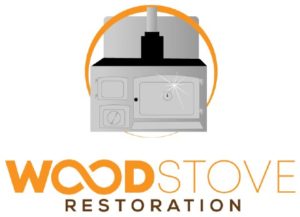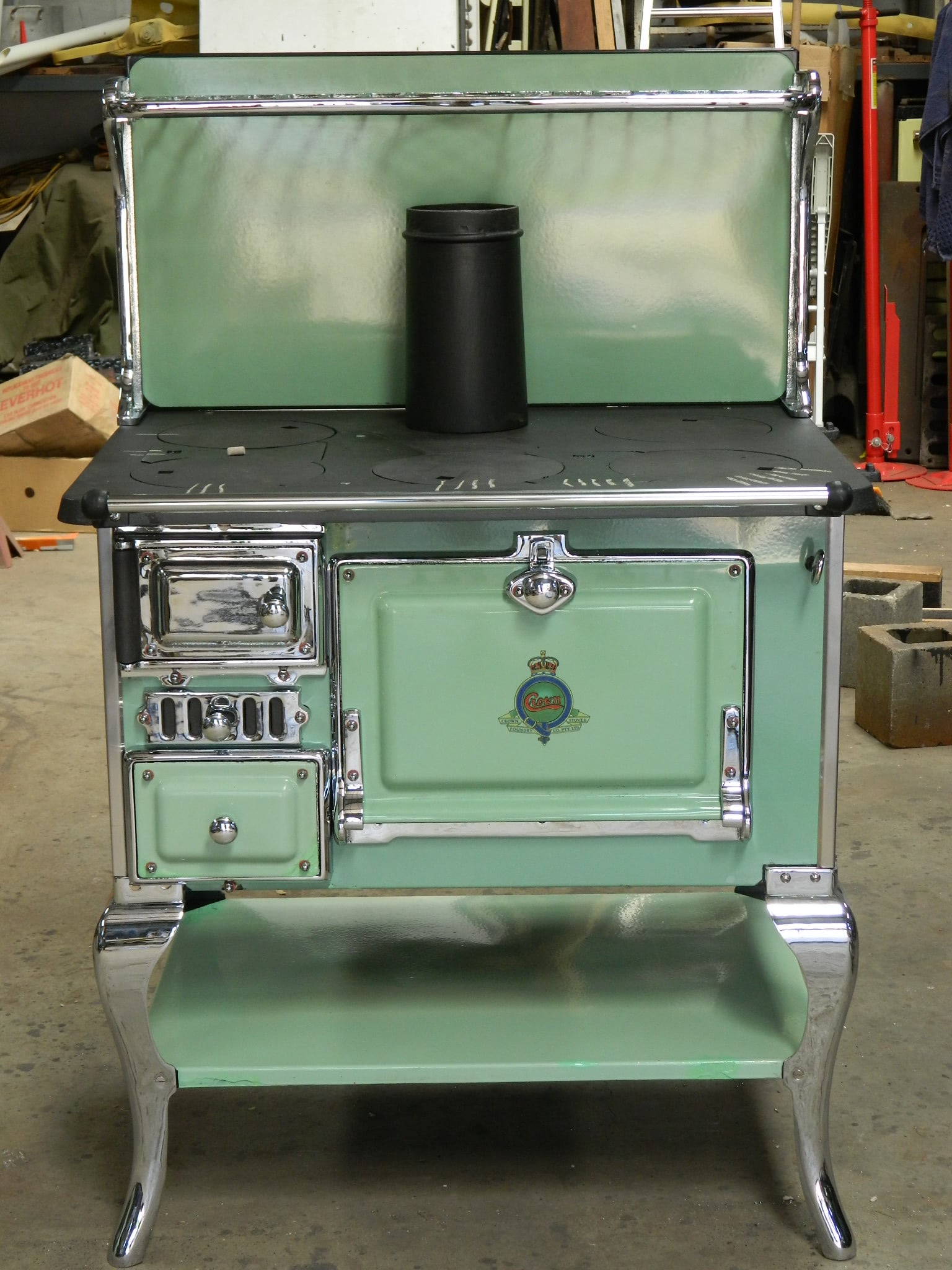Introduction
Vitreous enamel coatings play a vital role in enhancing the performance, aesthetics, and longevity of wood stoves. Derived from a fusion of glass and metal, vitreous enamel provides a durable and protective layer that not only beautifies the stove but also shields it from the harsh elements of heat and corrosion. In this article, we delve into the world of vitreous enamel coatings on wood stoves, exploring their composition, benefits, and environmental considerations.
Understanding Vitreous Enamel
Vitreous enamel, also known as porcelain enamel, is a material composed of finely ground glass powder fused onto metal substrates at high temperatures. This process creates a smooth and glossy finish that is resistant to heat, chemicals, and physical abrasion. For wood stoves, vitreous enamel coatings are applied through methods such as spraying or dipping, ensuring uniform coverage and adhesion to the stove’s surface.
Benefits of Vitreous Enamel Coatings
The application of vitreous enamel coatings offers numerous advantages for wood stoves:
Durability and Longevity: Vitreous enamel coatings provide a tough and resilient surface that can withstand high temperatures and frequent use, ensuring the longevity of the wood stove.
Heat Resistance and Insulation Properties: The thermal properties of vitreous enamel help to insulate the stove, directing heat efficiently and preventing heat loss, thus increasing the stove’s efficiency.
Enhancing Aesthetics
Vitreous enamel coatings come in a wide range of colors and finishes, allowing homeowners to customize their wood stoves to complement any interior decor. Unlike traditional paint, enamel maintains its vibrant appearance over time, resisting fading, chipping, and peeling.
Protection against Corrosion and Rust
The non-porous nature of vitreous enamel creates a barrier that protects the underlying metal from moisture, oxidation, and corrosion. This resistance to rust ensures that the wood stove remains in pristine condition even in humid or outdoor environments, extending its lifespan significantly.
Ease of Cleaning and Maintenance
One of the most appealing aspects of vitreous enamel coatings is their ease of cleaning and maintenance. The smooth, non-stick surface repels dirt, grease, and soot, allowing for effortless cleanup with just a damp cloth or mild detergent. Additionally, vitreous enamel is highly resistant to stains and discoloration, preserving the stove’s appearance for years to come.
Environmental Considerations
From a sustainability standpoint, vitreous enamel coatings offer several environmental benefits. The manufacturing process produces minimal waste and emissions, with many enamel products utilizing recycled materials. Furthermore, the efficient heat distribution of enamel-coated wood stoves can reduce overall energy consumption and carbon emissions compared to alternative heating methods.
Conclusion
Vitreous enamel coatings on wood stoves are not only aesthetically pleasing but also offer a host of practical benefits, including durability, heat resistance, and ease of maintenance. By investing in an enamel-coated wood stove, homeowners can enjoy both the functionality and visual appeal of this timeless heating appliance while contributing to environmental sustainability. Whether for traditional or contemporary spaces, enamel-coated wood stoves stand as a testament to the marriage of form and function in home heating solutions.
Recent Posts
Crown Wood Stove New Hot Plates New hot plates for Crown wood stove, $60 each, replace those pitted old ones. Suit Crown no.1 no.7 no.8 no.2 Measurements shown, if wanted to see if they...
Introduction Wood stoves have long been an integral part of Australian homes, offering warmth, ambiance, and a reliable heating source during cold seasons. With the growing appreciation for...

